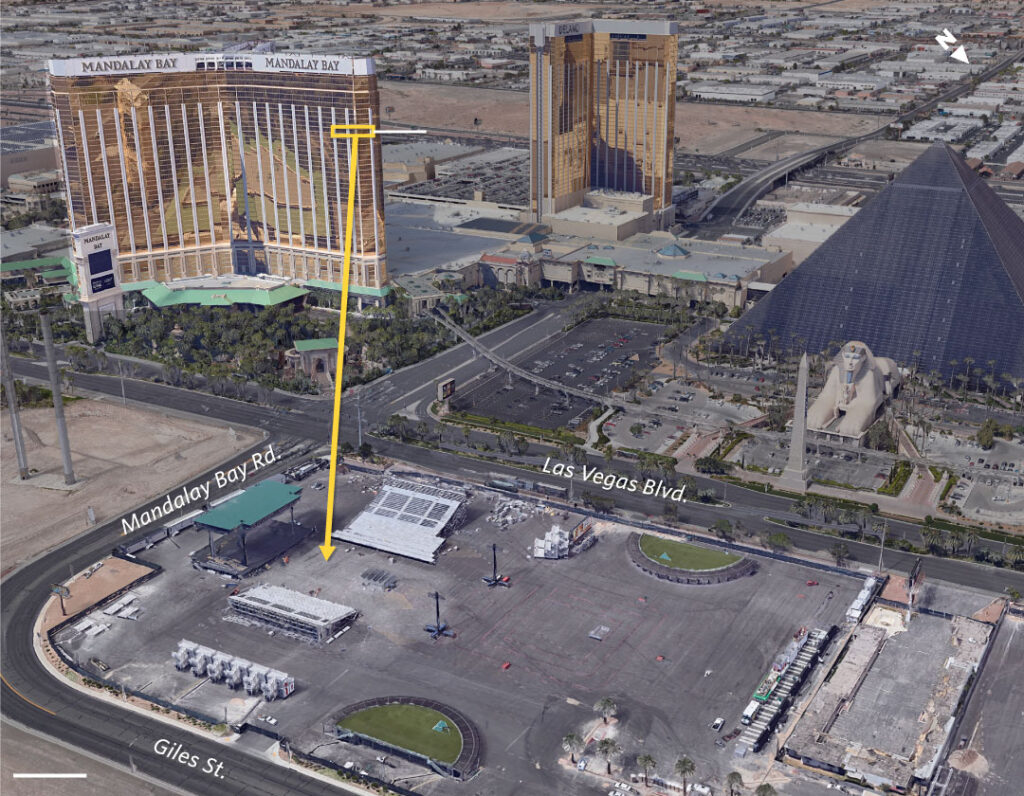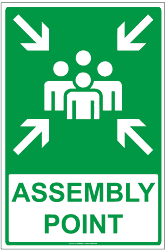We prefer the term “safer” rather than “safe” – a Safer Room (TM) in an office (or perhaps even a home, school, or other business) is one where people can go to during any shelter-in-place event or incident and they will be safer than they would be at their normal work/residence/school location. Safer Rooms are not as elaborate or expensive as “Panic Rooms” (although Panic Rooms are generally designed with the same features as Safer Rooms, except for one critical aspect: they usually do not have a second way out – an emergency exit). Safer Rooms should be designed to have some very specific features, which make them more conducive for a number of people to shelter-in-place – or even “conceal” themselves during an active assailant attack (i.e., provide both cover and additional safety, plus the option to escape away from the threat) – all at the same location within a building. One other critical goal for a Safer Room is to be available for all types of sheltering-in-place Hazards – so people know to go to the same place, regardless of the threat that requires a shelter-in-place action. Just as one would use the fire stairways – and not elevators – for a building evacuation due to fire, chemical spill, gas leak, etc., they should utilize Safer Rooms for tornado warnings, blizzards, hail storms, etc. in addition to being the location they should choose if they cannot evacuate safely from an active assailant on-site or to go to, if there is an active shooter on or near their facilities campus (outside of building). There are very real differences between a “Lockdown” – when the active assailant is right there, and a “Lockout” when the threat is nearby. Follow the instructions of emergency management and public safety officials as to what to do, and absent any intelligence (or conflicting intelligence), go with what you determine is best for your own personal safety.

We recommend using a small symbol on a removable magnet to indicate which are the Safer Rooms. This would be known to the staff only (and communicated on demand to visitors, as needed) and should be consistent to all of the work locations so that staff who visit other locations know what to look for. During a Lockdown, if Safer Rooms are used to “Hide” or provide Cover/Concealment, once all the people have evacuated into the Safer Room, the last person takes the symbol magnet off, so that anyone else (like a threat actor) does not know this is a Safer Room. Everyone inside needs to follow their organization’s Lockdown protocols as to when to end the use of the Safer Room and what to do next.
Safer Rooms should:
- Have a second way out. This might be a conference room with two doors (ideally an interior one where the doors are in different hallways, leading to building exits). If it is a storage room in the middle of the building, explore if it can be retrofitted/reconstructed with a second exit-only door (no handle on the outside). Make sure to follow all local building codes, including ADA compliance for egress equipment and door sizing. The further you can move yourself and others away from the threat, the better.
- Have solid walls and a lockable solid door – so that someone from the outside cannot easily see in or get in. Small windows on the door should have a curtain or some other device to block inward view quickly. This helps provide Concealment.
- If possible, have the room built with reenforced walls and confirm with architects/building designers that it is one of the better places to be, in terms of the structural supports of the building against severe weather threats, for example. Have large items to block walls and doors (such as cabinets or tables). This helps provide Cover. Also small items to throw at an attacker (like staplers, trash cans, etc.) if necessary.
- Have a light switch to turn off the lights – it helps to have the room number marked on the light switch, so you can let emergency responders know where you are located.
- Have at least one working power outlet, power strips, and a number of chargers and cables for cell phones
- Have a landline (or VOIP) phone – in case cell service is spotty or poor. This also provides a way for first responders to communicate with you.
- Have a laminated signal page with green on one side and red on the other to either slip half-way under the door or post in the exterior window – use only if instructed by your leadership or first responders (via your communications devices, not from someone “shouting out” commands in the hallway) – the green side up (or out) indicates everyone in that room is okay, the red side indicates urgent medical/health emergencies exist in the Safer Room.
- Have some bottled water and sweet snacks – people might be in this room for a while and need to take medications or have low blood sugar, etc.
If the room has a window and is on a floor where someone could escape the room through that window, have a device to break the window (a hammer, for example) if the window does not normally open enough on its own to let someone exit. While these rooms are not the best for All-Hazards Safer Rooms, due to the hazards which can come from the window breaking during the threat, they still need to be outfitted to help support a second way out for evacuation.
*Safer Room is a trademark of York Drive, LLC. Used with permission. Barton Dunant can help you design your crisis action plans, make recommendations for Safer Rooms and provides table-top and functional exercises for your organization to test your plans. Learn more about starting a crisis action plan by clicking here.






